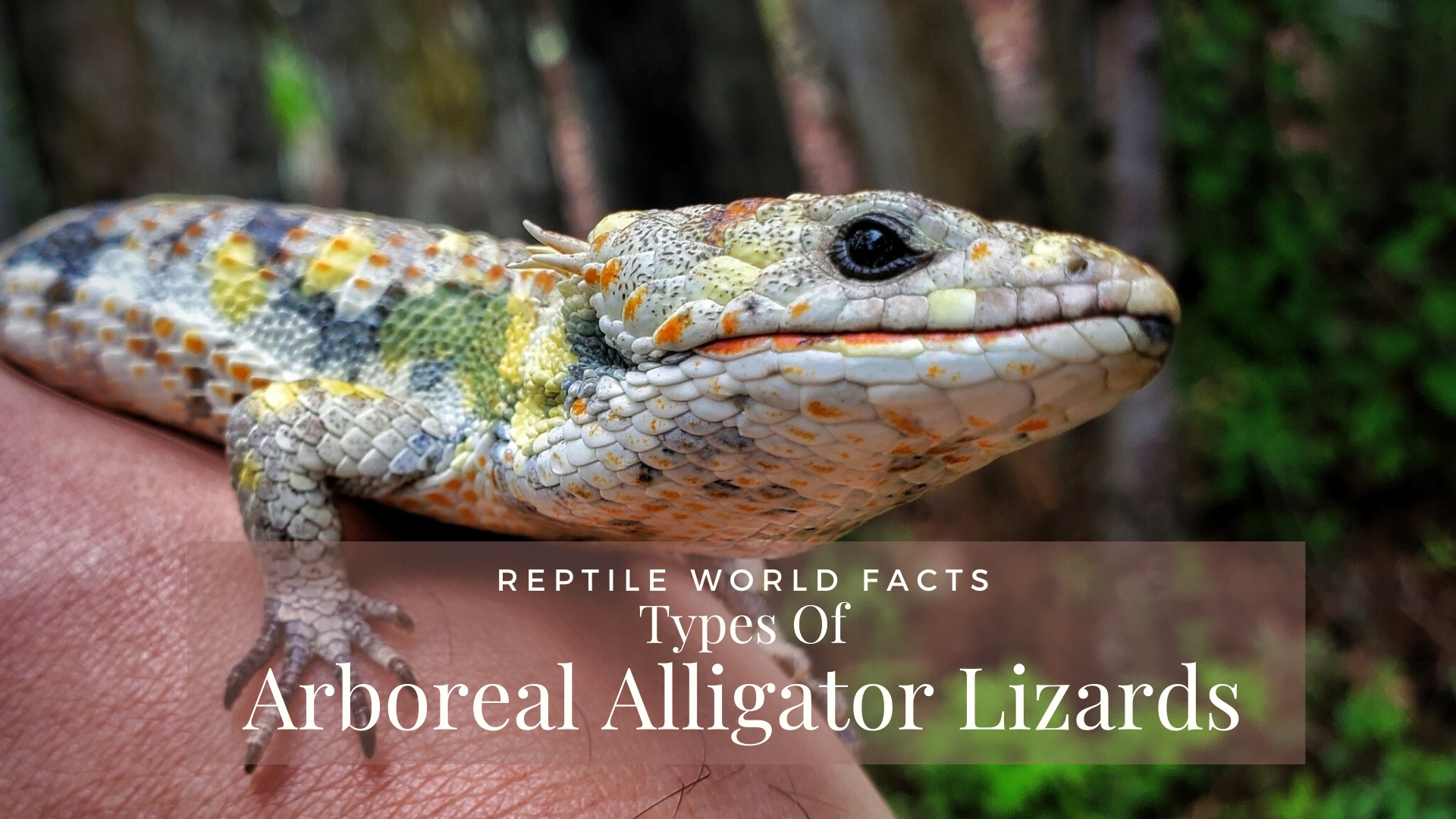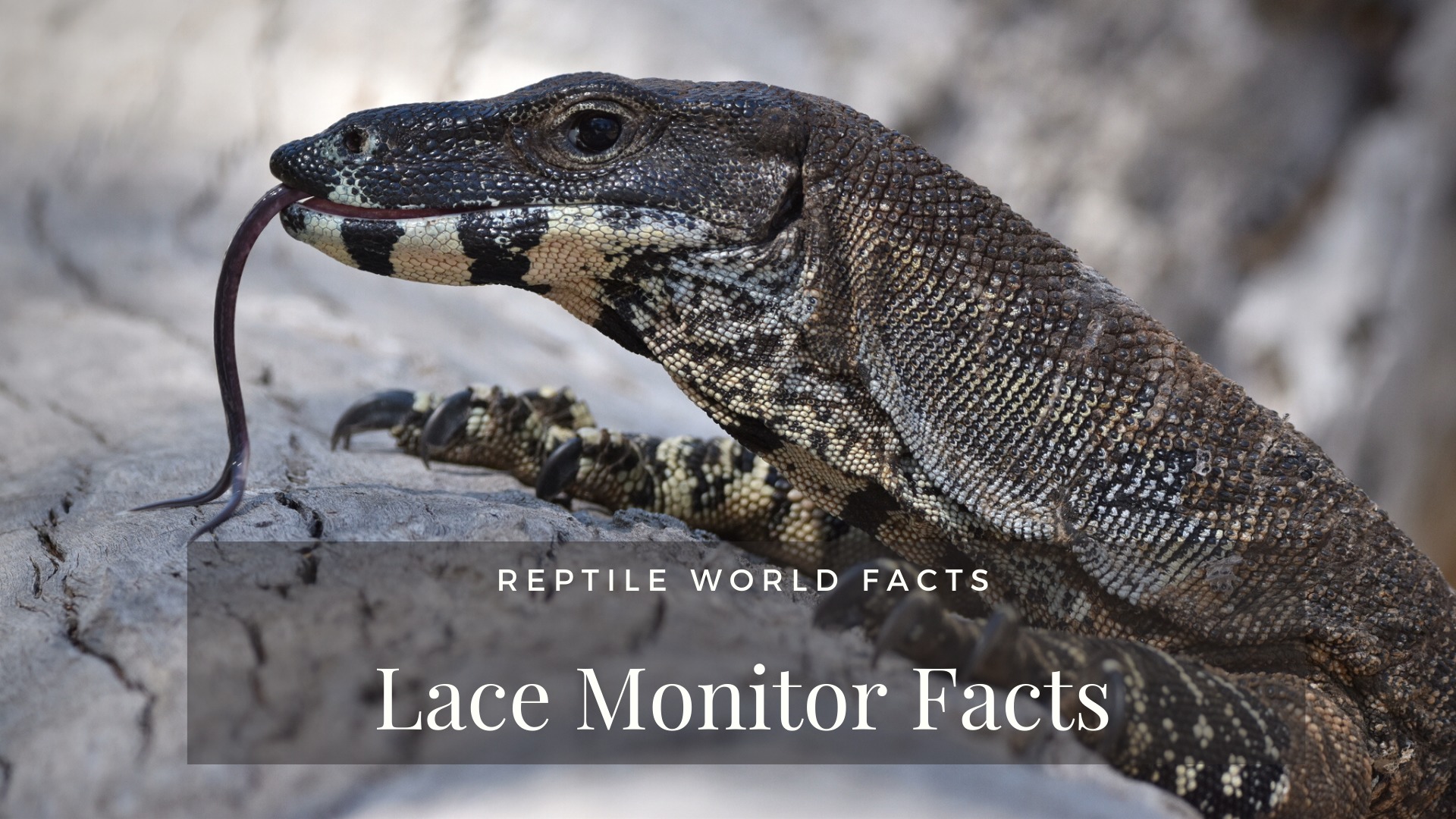Banner Photo: Source
Iguanas are gorgeous reptiles, with most being on the larger side for reptiles. And while there may be one iguana that comes to mind for most people (the green iguana, and it’s various morphs), there are actually many other types of iguanas out there! In this article we’ll show you 10 of these awesome iguanas, and give you a little info on each! Feel free to let us know in the comments below if you’d like any more info on any of them! And now, on to the list!
Top 10 List
1. Green Iguana

Source
Scientific Name: Iguana iguana
Geographic Range: Mexico to central Brazil, Dominican Republic, Paraguay, Bolivia and the Caribbean. Introduced to Grand Cayman, Puerto Rico, Texas, Florida, Hawaii, and the United States Virgin Islands
LifeSpan: 20 Years
Conservation Status: Least Concern
It seemed only fair to start this list off with one of the most known iguanas, the green iguana. While it is referred to as the green iguana, they actually have many colors available! From beautiful blues to yellows, and even reds, there are many gorgeous colors for these iguanas. These lizards are large herbivores that are arboreal, spending much of their time up in trees. They are found in many places naturally, and have been introduced to and adapted to many other places like the United States, Puerto Rico, and the Grand Cayman. While they are very common in the pet trade, they actually require more care and space than many people realize, as the tiny baby iguanas often seen on sale can grow to be over 5 feet long!
2. Marine Iguana

Source
Scientific Name: Amblyrhynchus cristatus
Geographic Range: Galapagos
LifeSpan: 60 Years
Conservation Status: Vulnerable
The next iguana on our list is the marine iguana. This iguana has the unique ability to forage for food in the sea, since marine iguanas feed almost exclusively on algae. Large males will dive into the deeper parts of the ocean surrounding the Galapagos islands, while females and smaller males will feed during low tide in shallower waters. There are quite a few different subspecies of the marine iguana, and their appearance varies between them. The majority of marine iguanas can range from grey to black in color, however some subspecies have coloring that includes red-ish pinks, yellows, and even blues. Some of the males have been recorded at being over 4 feet long, and females are usual a bit smaller than the males.
3. Galapagos Pink Land Iguana

Source
Scientific Name: Conolophus marthae
Geographic Range: Wolf Volcano in northern Isabela Island of the Galápagos
LifeSpan: Unkown
Conservation Status: Critically Endangered
While this gorgeous pink iguana does resemble the regular yellow Galapagos Land Iguana that can be found in the same area, it is important to note that they are different from each other. The gorgeous Pink Land iguana is a pale pink colour, and often has various black stripes on their sides/backs. They are critically endangered, only being able to be found around the Wolf Volcano in northern Isabela Island of the Galápagos. According to the IUCN Red List, there are currently less than 200 mature individuals currently.
4. Fiji Crested Iguana

Source
Scientific Name: Brachylophus vitiensis
Geographic Range: Islands of Fiji
LifeSpan: 10 – 15 Years
Conservation Status: Critically Endangered
Read More About Them: Here
The Fiji Crested Iguana was discovered by accident in 1979 by Dr John Gibbons. He was invited to a screening of the movie ‘Blue Lagoon’, and the movie showed scenes of this new ‘crested’ iguana. Dr John realized the iguanas shown were different than the Fiji Banded Iguana that he was currently studying. He then traveled to the island the movie was filmed on to identify the new species. As the name suggests, these colorful, herbivorous iguanas have crests running down their backs. They can grow to about 30 inches long – including their tail.
5. Green Thorny Tailed Iguana

Source
Scientific Name: Uracentron azureum
Geographic Range: Amazon rain forest and forests in the Guiana Shield
Conservation Status: Not Listed
The green thorny tail iguana is a gorgeous green iguana with black bands and splotches, some blue coloration, as well as a very spiky looking tail. They are an arboreal iguana, spending much of their time up in the trees of the Amazon rain forest and the Guiana Sheild forests. The thorny tail iguana has an insectivorous diet, which consists mainly of ants.
6. Rhinoceros Iguana

Source
Scientific Name: Cyclura cornuta
Geographic Range: Caribbean Island of Hispaniola
LifeSpan: 20+ Years
Conservation Status: Vulnerable
The rhinoceros iguana is an awesome looking iguana. They got their name from the bony-plated growths that look like horns on their snout, that resembles the horn of a rhinoceros. Dr. Thomas Wiewandt suggested that these “horns” and the spikes on their back are used as a body armor to protect the iguana. Their color can range from various shades of grey to a dull brown. Rhinoceros iguanas is a herbivorous, diurnal iguana that spends the majority of it’s time in rocky outcroppings with few plants for cover. When attacked or threatened, they may either try to quickly flee, or will aggressively try to attack. They attack by biting and trying to strike the threat with their strong tail.
7. Cayman Brac Iguana

Credit John Binns
Scientific Name: Cyclura nubila caymanensis
Geographic Range: Cayman Brac and Little Cayman Islands, Cuba
LifeSpan: 60 – 70 Years
Conservation Status: Critically Endangered
The Cayman Brac iguana is a critically endangered iguana that can be found on two islands to the South of Cuba: Cayman Brac island and Little Cayman Island. The Cayman Brac iguana has a declining population due to humans destroying their natural habitat, and being preyed upon by feral dogs and cats. They are herbivores, with a diet that consist of the fruits, flowers and leaves of over 100 different types of plants. These iguanas vary from light grey to green in color, and males often have a light blue or red-ish pink colored head. Females are more of an olive green, and do not have the blue or red coloration of the males.
8. Grand Cayman Blue Iguana

Source
Scientific Name: Cyclura lewisi
Geographic Range: Grand Cayman Island
LifeSpan: 60+ years
Conservation Status: Endangered
The Grand Cayman Blue Iguana is appropriately named, as they are a beautiful blue color and can be found on Grand Cayman island. With golden irises and red sclera (the part around the iris), they truly are a unique looking animal. These iguanas are one of the larger species of iguanas, coming in at a length of 5 or more feet and weighing as much as 30 pounds. However, this species is sexually dimorphic, with males usually being larger and brighter than the females. Like many iguanas, they are also herbivores, consuming the leaves, fruits, and flowers from over 45 different types of plants.
9. Desert Iguana

Source
Scientific Name: Dipsosaurus dorsalis
Geographic Range: Southwestern United States and Northwestern Mexico
LifeSpan: 10 – 15 Years
Conservation Status: Least Concern
Desert iguanas are one of the most common lizards of the
Sonoran and Mojave deserts of the southwestern United States and northwestern Mexico. These are a medium sized iguana, growing to around 2 feet long, including the tail. Their body can be anywhere from light grey to tan, with dark brown reticulation/spots down the body. They can withstand very high temperatures, and are often out and about when other lizards have found shade and shelter. They also spend a lot of time in burrows, often stealing burrows from kit foxes and tortoises.
10. Mexican Spinytail Iguana

Source
Scientific Name: Ctenosaura pectinata
Geographic Range: Mexico and Central America, Introduced to Florida, US
LifeSpan: 15 – 25 Years
Conservation Status: Least Concern
And last but not least on this list is the Mexican spinytail iguana. As their name suggests, they have many keeled scales going down their tails that give it a spiny or spiky appearance. They are another of the larger iguanas, with males growing over 4 feet, and females reaching just above 3 feet in length. These iguanas are actually a social lizard, preferring to live in groups. Mexican spinytail iguanas are excellent climbers, and therefor prefer a habitat with lots of trees nearby, as well as rocks to hide in and bask on. Juveniles of this iguana mostly consume insects, however as they mature, adults stick mainly to plants. However, they are more relaxed with their diet and may occasionally consume small animals, eggs, or arthropods that they come across.
—
Enjoy this article? Share it with your friends using the links below! Also, leave a comment below and let us know what you think. Thanks for reading!


